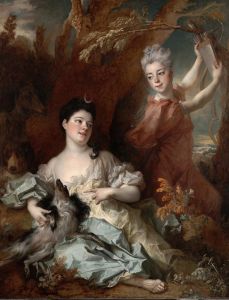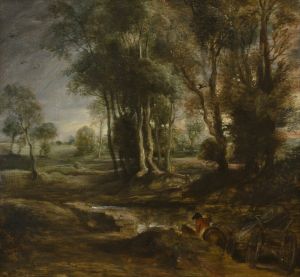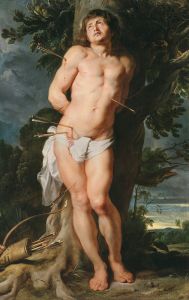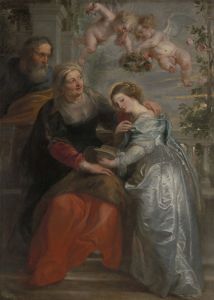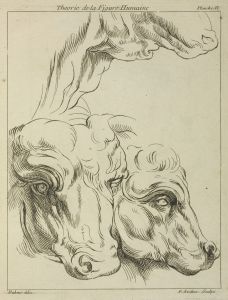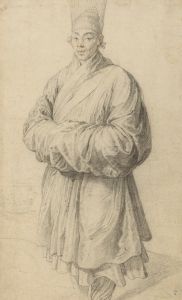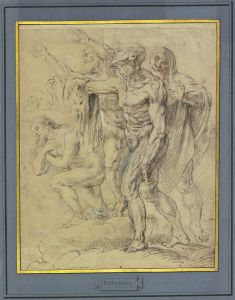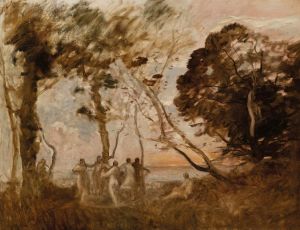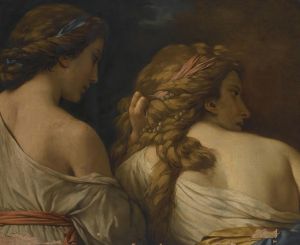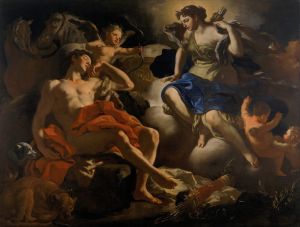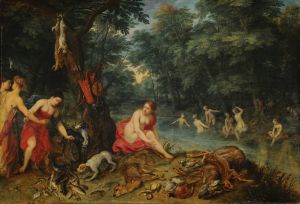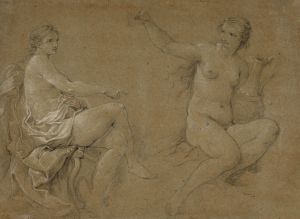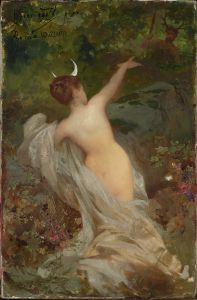
Diana and Her Nymphs Departing For The Hunt
A hand-painted replica of Peter Paul Rubens’s masterpiece Diana and Her Nymphs Departing For The Hunt, meticulously crafted by professional artists to capture the true essence of the original. Each piece is created with museum-quality canvas and rare mineral pigments, carefully painted by experienced artists with delicate brushstrokes and rich, layered colors to perfectly recreate the texture of the original artwork. Unlike machine-printed reproductions, this hand-painted version brings the painting to life, infused with the artist’s emotions and skill in every stroke. Whether for personal collection or home decoration, it instantly elevates the artistic atmosphere of any space.
Diana and Her Nymphs Departing for the Hunt is a painting by the Flemish Baroque artist Peter Paul Rubens, created around 1615–1617. The artwork depicts the Roman goddess Diana, the deity of the hunt, accompanied by her nymphs as they prepare to embark on a hunting expedition. This painting is a notable example of Rubens' mastery in portraying dynamic compositions, vibrant colors, and the human form.
The scene captures a moment of activity and anticipation, with Diana and her companions shown in motion, surrounded by hunting dogs and carrying bows and arrows. Rubens' depiction of the figures emphasizes their vitality and grace, reflecting his deep understanding of anatomy and movement. The lush landscape in the background, rendered with rich detail, provides a naturalistic setting that enhances the narrative of the hunt.
Rubens was heavily influenced by classical mythology and Renaissance art, and this painting reflects his admiration for ancient themes and his ability to reinterpret them through the lens of Baroque aesthetics. The figures in the painting are idealized, showcasing Rubens' characteristic style of robust and dynamic forms. The interplay of light and shadow adds depth and drama to the composition, a hallmark of Baroque art.
The painting is believed to have been created during Rubens' mature period, a time when he was at the height of his artistic powers and had established himself as one of the leading painters in Europe. During this period, Rubens produced numerous works that combined mythological, religious, and historical themes, often commissioned by wealthy patrons and European courts.
The current location of Diana and Her Nymphs Departing for the Hunt is the Museo del Prado in Madrid, Spain. The painting is part of the museum's extensive collection of works by Rubens, which highlights his significant contribution to Baroque art. The Museo del Prado houses one of the largest collections of Rubens' works, reflecting the artist's close ties to the Spanish monarchy and his influence on European art.
This painting is celebrated for its dynamic composition, technical brilliance, and the way it captures the spirit of classical mythology. It remains an important example of Rubens' ability to blend narrative, emotion, and technical skill into a cohesive and visually striking work of art.





